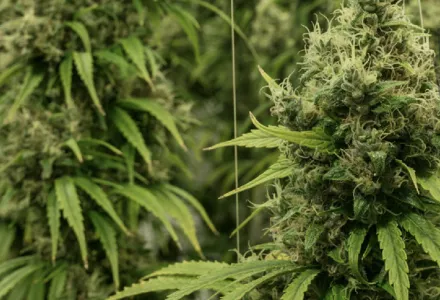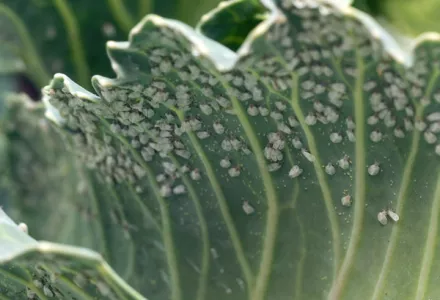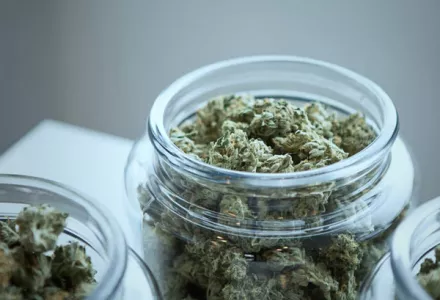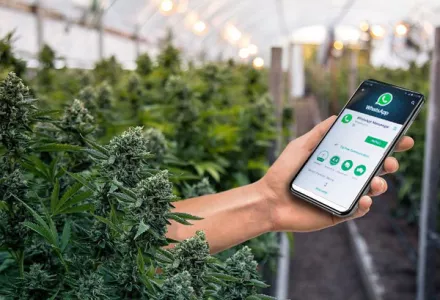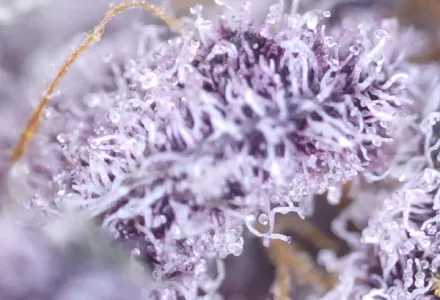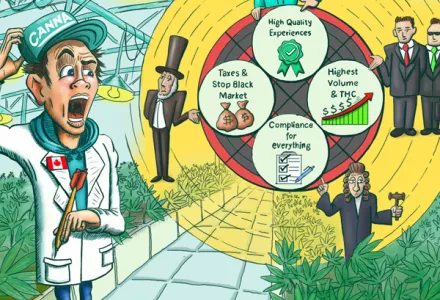While the Lead Growers at our second CANNAtalk experience in Vancouver discussed topics that may have been unexpected, the least surprising area they conversed about was CULTIVATION!
Cannabis cultivation is at the heart of what they do for the majority of their waking lives. They literally eat, sleep, and dream about how to grow better, healthier plants. Yet, their hard-earned expertise is usually kept close to the vest.
“Growing experience has not been shared before when it was all underground.” “Now you have Intellectual Property and trade secrets blocking the sharing of information”
However, those barriers fell within our group of Lead Growers. They shared their best advice on cultivation, borne from their strenuous years of experience, experiments, and even failure. And now you can discover their four cultivation insights for yourself right here.
Their first insight: Mad Respect for Mr. Clean!

SANITIZATION, SANITIZATION, SANITIZATION!
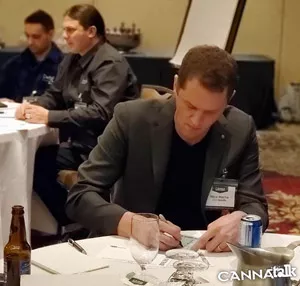
Growers tend to get fixated on cannabis plant genetics - what strain will produce the best blend of THC and terpenes? But our group of Master Growers assert that proper sanitization, while not as glamorous as genetics, will lead to greater success by preventing unnecessary losses.
Proper sanitization prevents so many problems with mold and pests that can wreck part or even all of a crop. Doing sanitization properly saves you from a huge waste of time and a long battle fighting problems like bud rot or spider mites.
Some head growers have paid the $$$$ to learn this painful lesson.
Most pests, diseases and plant health issues can be mitigated and resolved with proper sanitation practices.Nico Hache
You may think your issues are with environment control or operation fluctuation, when actually sanitization was the real problem all along. Environmental control and pest and disease prevention start here.
Proper sanitation is a long-term investment. It can pay for itself in spades by reducing your pesticide cost, increasing the harvestable percentage of your crop, and preventing countless hours of wasted labor.
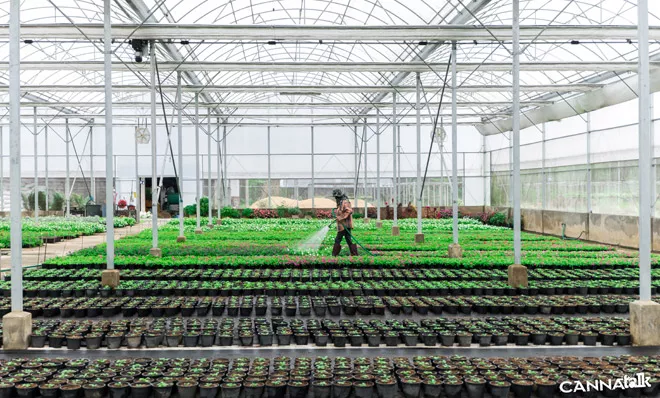
Just recognize that while sanitization is very important, like all things you can still go overboard. We’ve seen people even disassemble their fans and clean every crack with a toothbrush. That level in sanitization is too time and resource intensive and it delays a growth cycle. Plus, if your growth medium is 100% sterile, and your plants get attacked by bad microorganisms, your plants will have no ecosystem to fight it. And because cannabis flowers are as porous as a sponge, they absorb smells, so you should carefully choose sanitization products with non-residual odors.
Just keep it SIMPLE
As a cannabis grower you are inundated with lots of advice and perhaps many new technologies and methods. It can be daunting to find your way.
But you don’t need to make it overly complex to succeed. Our Lead Growers said to focus on:

Keep your environment clean (like we just said above!).

Pick plants with the right genetics for your environment. For example, Indica strains do better in colder temperatures, while Sativa strains do better in hotter temperatures.

Listen to your plants. Your plants don’t lie. Do you see problems with your plants’ leaf shapes, colors, and spots on their surfaces? This is how your plants cry for help about their problems with pests, water, air, light, nutrients, and heat.
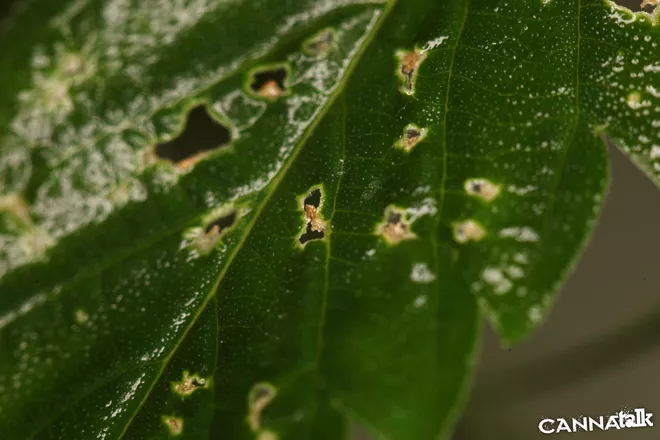


Focus on data. Data analytics can be set up by closet growers on a single plant, or by growers with acres of canopy. Analytics can be viewed in real-time by integrating with monitoring sensors and environmental automation systems. For example, automatically monitoring humidity and temperature can alert growers when conditions are dangerously favorable for mold and fungus. Also important is to monitor your pH and electrical conductivity levels from your soil and water run-off. You can also use your historical data to reveal what combination within your growing environment (temperature, humidity, air movement, etc.) yielded better harvests. But keep your testing simple, too, and only test one variable at a time, so you know what really works. Now you have a repeatable formula for success. Now you can plan your target growing points, then monitor them, set alarms for when sensors detect data outside your plan, and relax.
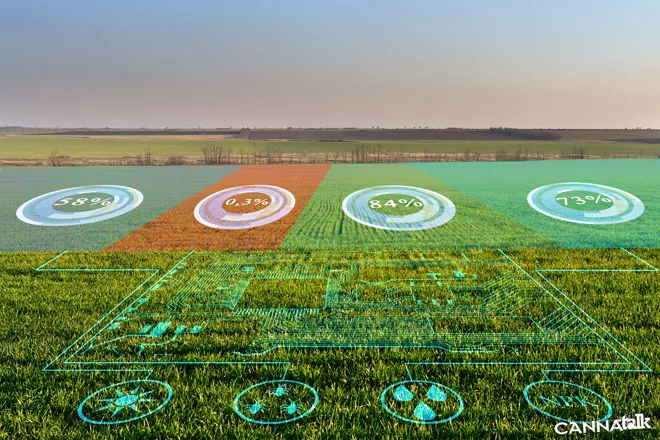
The very beginning and the very end are so critical to success
An airline pilot is paid a lot of money for flying a commercial airplane, yet mostly earns their pay during take-off and landing. It’s similar with a Lead Grower: Much of the expertise required is at the beginning of cultivation, and then again at harvest.
At the start, you have to set up the plant for success:
- Have a clean environment (have we said that enough yet?)
- Have the right environment (light, temperature, airflow) for the your strains
- Have the right mix of grow medium, fertilizer, watering strategy, and plant density
At the end, you have to closely watch out for:
- Humidity creeping up and fostering bud rot
- Unflushed nutrients affecting plant taste and quality
- Finding the right moment to chop down your plants for highest potency by sending samples to the lab (again, comes back to data)
- Losing too much quality by skipping steps to save time with larger harvests, such as not hanging plants to dry before trimming or trimming with mechanical equipment
- Avoiding methods that negatively affect potency, smell, flavor, and the ability to pass health regulations
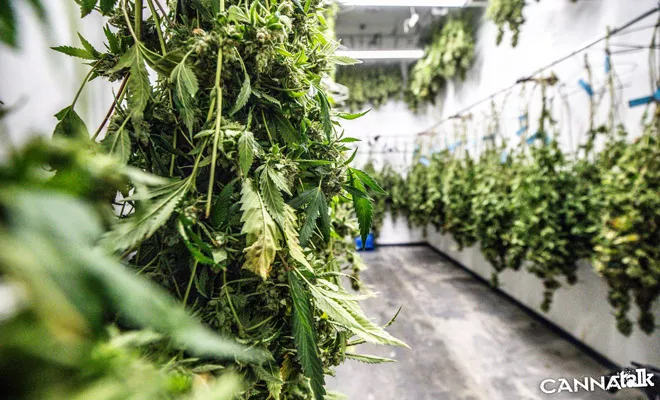
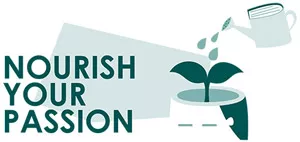
We invite you to learn more cannabis growing insights at our upcoming CANNAtalk experience!
This discussion about cultivation was just one of the interesting topics Master Growers shared at our 2nd CANNAtalk experience. Panelists raved about the experience:
- “An awesome experience.”
- “We should collaborate together, keep doing this.”
- “Let’s stay connected.”
- “I have been realizing what we don’t want to be during this meeting.”
- “We are a force together who can push boundaries.”
- “I have finally been meeting with like-minded people!”

The objective of CANNAtalk is to create stronger links between Canadian passionate growers and to nourish relationships and knowledge all year round.
Look for more great insights and ideas from your community of head growers at our 3rd CANNAtalk experience, THE PASSIONATE GROWER’S HUB, an exclusive space for Passionate Growers to connect, share, collaborate and explore specific topics of interest. Don't miss the opportunity to participate in a unique, fun and engaging virtual experience on May 27th and June 3rd.

